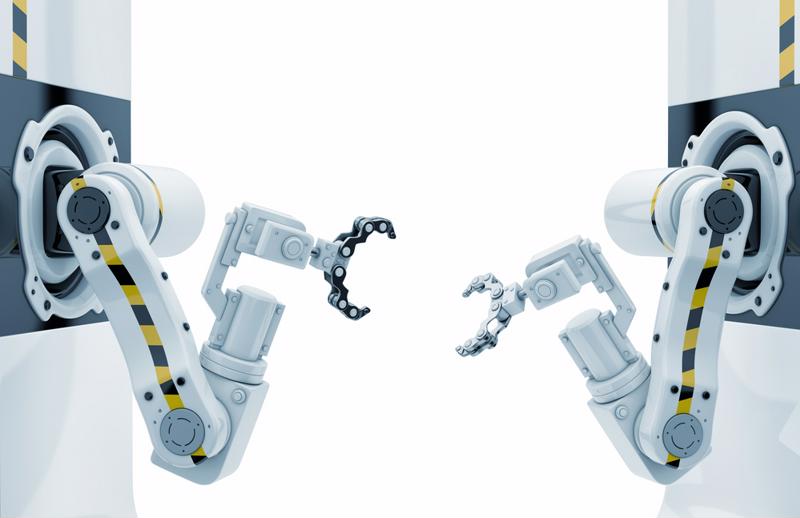
Three ways industrial automation is reshaping the world
By Max BurkhalterJanuary 6, 2022
Over the past few decades, robotics and automation technologies have transformed nearly every industry by providing reliable, cost-effective measures to improve safety, sustainability and operational efficiencies in the workplace. This trend toward automation is progressing at a rapid pace, and countless organizations are looking for ways to incorporate these technologies into their daily operations. With that in mind, here are three ways industrial automation is reshaping our world for the better.

1. Sustainable manufacturing
Governments across the world are continually looking into ways to minimize environmental impact by reducing emissions and carbon footprints. In recent years, they've been turning to the industrial sector to facilitate plans to achieve climate neutrality. For many industries, especially manufacturing, automation has been a key strategy in this endeavor.
Sustainable manufacturing practices utilize automation technologies to reduce waste and inventory while cutting down on unnecessary processing and idle time. The industrial robotics used in sustainable manufacturing can continuously produce quality goods with minimal errors, thereby streamlining processes while boosting productivity and efficiency. Replacing old machines with automation technologies can also reduce your organization's carbon footprint as newer robots are carbon-free. Additionally, these robots can operate with minimal lighting and air conditioning, saving businesses on energy expenses.
2. Supply chain
Since the start of the pandemic, eCommerce sales have reached unprecedented heights, with U.S. consumers expected to spend $1.089 trillion in 2022, compared to just $598 billion in 2019, as eMarketer reports. To keep up with the demand, supply chain managers are looking to integrate automation technologies into their shipping and packaging centers. Warehouse giants like Amazon have already adopted these technologies to streamline their operations, increasing the demand for faster processes in competing facilities.
In 2022, more businesses will hop on this trend, and we will likely see an increase in the number of fully automated shipping and packaging centers. The transportation sector will also become increasingly automated as more suppliers integrate self-driving semi-trucks into their fleets. As automation technology advances, it offers nearly limitless potential for companies to boost efficiency and bolster a robust supply chain.
3. Healthcare
Although the last two years have put a considerable strain on the healthcare industry, advances in automation and robotics will continue to alleviate this pressure moving into 2022. Hospitals are already adopting telemedicine and automation practices to streamline workflows, reduce clinician burnout and save money. Many facilities have implemented robotic process automation to streamline tasks like patient billing and scheduling. By automating these administrative operations, the U.S. healthcare system has saved an estimated $122 billion, according to the non-profit research organization CAQH.
But automation technology covers more than just administrative duties. Chatbots are also being implemented to field patient questions, conduct surveys and analyze response results. As robotics increase in complexity and expand their capabilities, doctors will start utilizing robotic surgeons to mitigate the side effects and safety risks of medical procedures. These advancements will continue to shape the future of the healthcare industry and provide patients with better treatment options while improving their quality of life.
Automation and robotics have come a long way in the last few decades. Countless organizations are now looking at ways to implement these technologies to optimize workflows and retain a competitive edge. To learn more about how Perle can help your business automate its operations, read out customer success stories.



